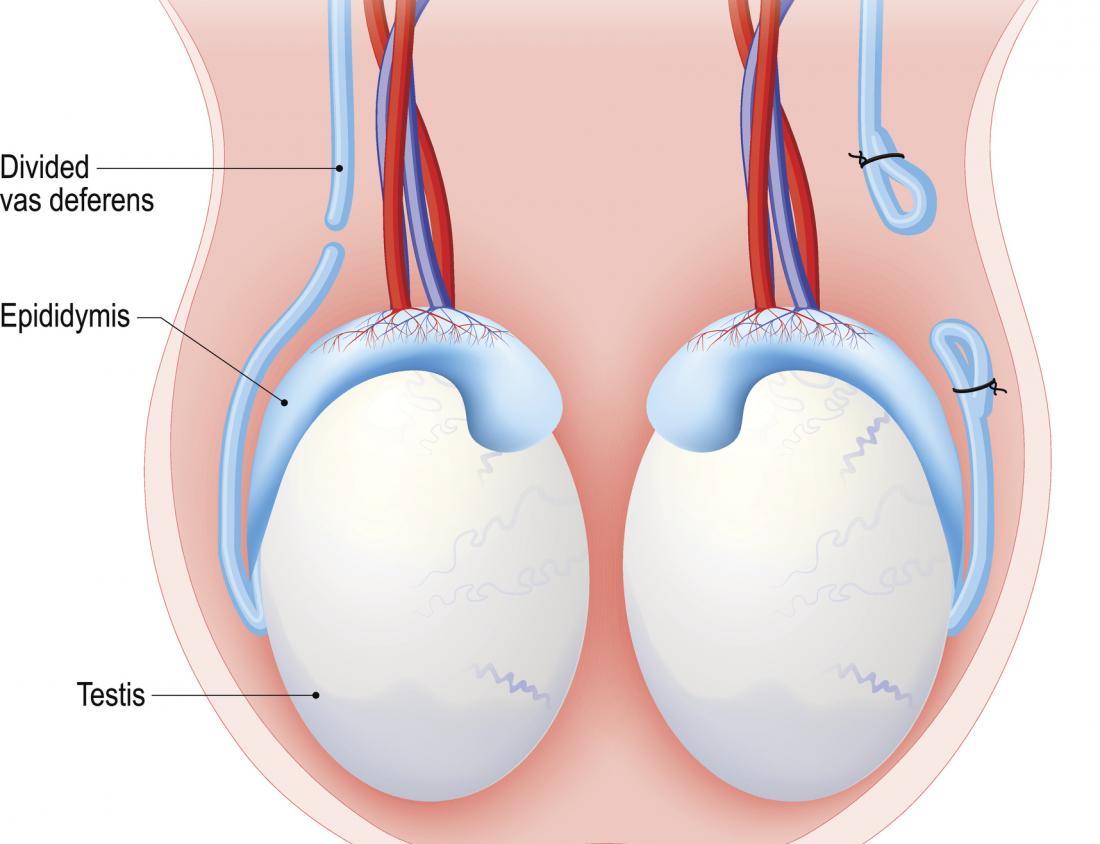Are you thinking about getting a vasectomy? There are many things to consider before this decision is made. There are many forms of birth control available, but for men, a vasectomy is one of the top choices because of its ease and how safe it is overall. Today, we’re going to talk about everything you need to know about vasectomies.
What is a Vasectomy?

A vasectomy is the most popular method of sterilization for men. It is a safe operation that offers a form of birth control with a high track record of effectiveness and ease. A vasectomy is a minor surgery that works to block sperm from reaching the semen (which is ejaculated from the penis). This is done by permanently (take note here) disrupting the flow of sperm from the testicles to the ejaculatory ducts within the prostate gland. After this procedure and with some time, the production of sperm within the testicles gradually slows down and is reabsorbed by the body. A vasectomy is the only permanent form of birth control for men, and can often be difficult or impossible to reverse.
Vasectomy as Birth Control

It wasn’t until the Second World War that vasectomies were finally regarded as a method of birth control. Vasectomies are now being regarded as one of the safest and easy forms of birth control but are seen as permanent.
In comparison to other forms of birth control, vasectomies are highly regarded, but only for those who are ready for a permanent decision. If your vasectomy is a decision that you and your partner are making together, you may be considering other forms of birth control, such as tubal ligation, often known as “getting your tubes tied.” The tubal ligation comes with way more risks, can lead to ectopic pregnancies and bring along lifelong effects, impacts and symptoms. Vasectomies are seen as a much safer operation.
Two Types of Vasectomies
There are two types of vasectomy surgeries that are offered. These two types are the conventional vasectomy and no-scalpel vasectomy. When it comes to deciding which would be the best, you should discuss each with your doctor, along with your medical history.
In the conventional vasectomy, one or two small cuts are made in the skin of the scrotum to reach the vas deferens. Then, the vas deferens are cut and a small piece may be removed, tied, or blocked, leaving a gap between the two ends. To create a blockage, some tissue may even be added in between the ends. Usually, the cuts close on their own or with the aid of disposable stitches.
In the no-scalpel vasectomy, the entire procedure can usually be done through a single opening measuring less than a quarter inch or 1 cm. Because of this, disposable stitches are not usually necessary. In this procedure, this small cut is stretched open so the vas deferens can be gently pulled out and are then cut, tied, or seared, and then put back in place. This is the newest form of vasectomies and is an even less invasive form.
Things to Consider
Before signing on to receive the operation, there are some things you should consider.
- Reversibility- As previously mentioned, vasectomies can be reversed, but sometimes this is not possible. Most doctors recommend that you see this operation as a permanent decision because of the lack of reversibility. Reversal surgery is a much more complicated surgery than getting a vasectomy itself, and it can often come with more risks. These reversal surgeries can also be costly in price, even if they aren’t effective. Reversal and regret rates have been found to be highest in men who got vasectomies before the age of 30, and their reversals usually happen around 5 years later when they meet a new romantic partner.
- Consultation- Having a consultation with your doctor before your surgery is very important. During this consultation, you will have time to discuss any questions or concerns you have with your doctor. You can divulge your medical history along with the medical history of your family and discuss how that might affect your surgery. You can also ask questions about your doctor, their history, and experience, along with if they require spousal consent. A consultation is a perfect time for you to make sure your doctor is a good fit for you and that you feel comfortable and safe heading into your surgery.
- Risks- As we’ve mentioned, a vasectomy is a very safe procedure. Risks and complications are not very common but can happen. After the procedure, it is important to be on the lookout for redness, swelling, or fever symptoms. These are often signs of infection. Other risks include swelling, bruising, inflammation, and these can cause bleeding in the scrotum, scrotum growth, or severe pain. Post-vasectomy pain syndrome can also happen but is not common, 1 or 2 men out of 100 develop it. It has been found in a 5-year study that men who had past scrotal pain were more likely to develop pain or post-vasectomy pain syndrome after their vasectomy. Another common risk is a failed vasectomy. Failed vasectomies are not very common (1 in 1,000) but are definitely possible, so it is important to have a follow-up with your doctor so pregnancy does not occur when you are not intending it. In order to confirm your vasectomy is effective, you should schedule a follow-up appointment with your urologist so you can have a semen analysis done.
Before Deciding to Get a Vasectomy

Before you truly decide to get a vasectomy, ensure that it is something that you really want to do and do the research to find what procedure or doctor, is right for you.






